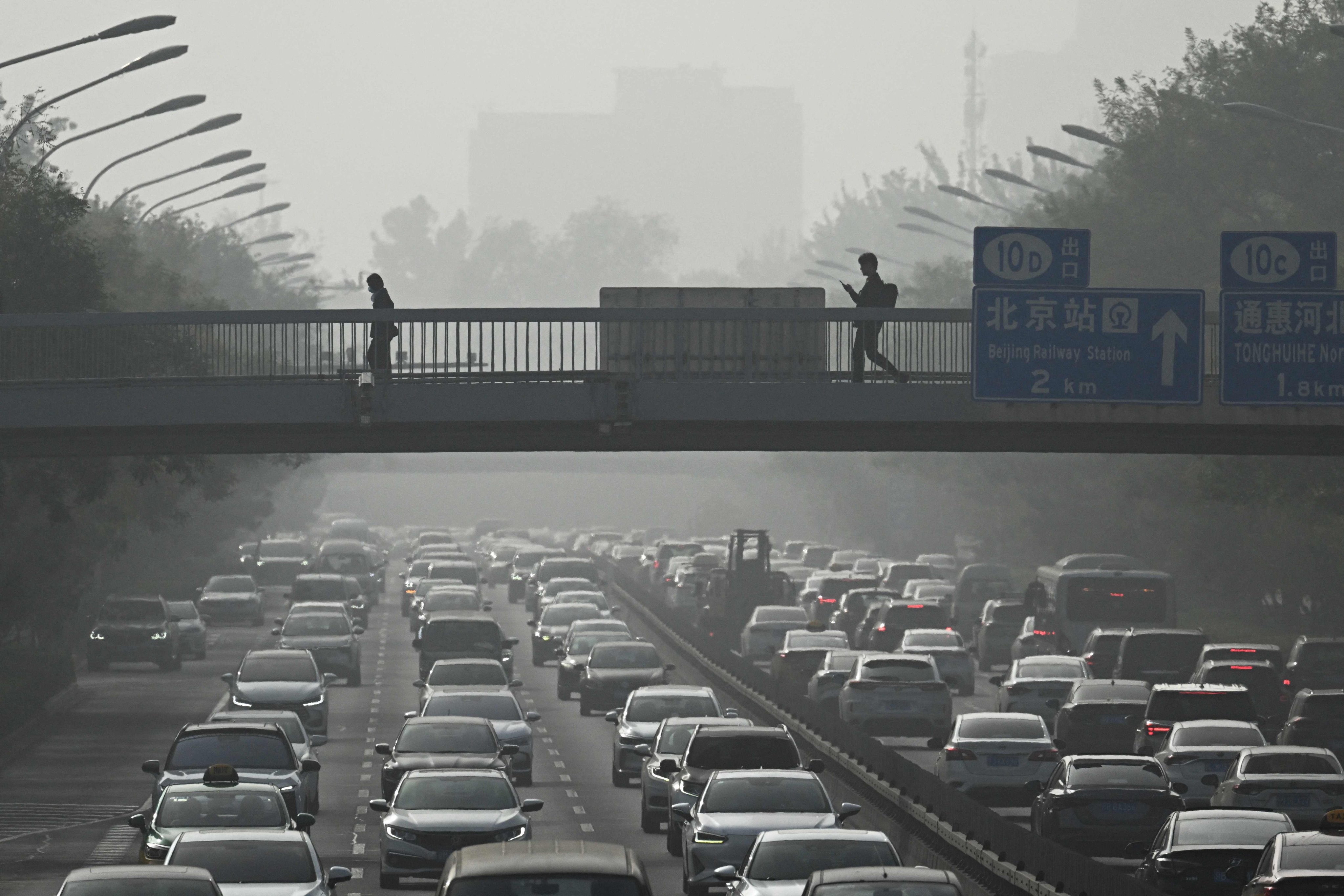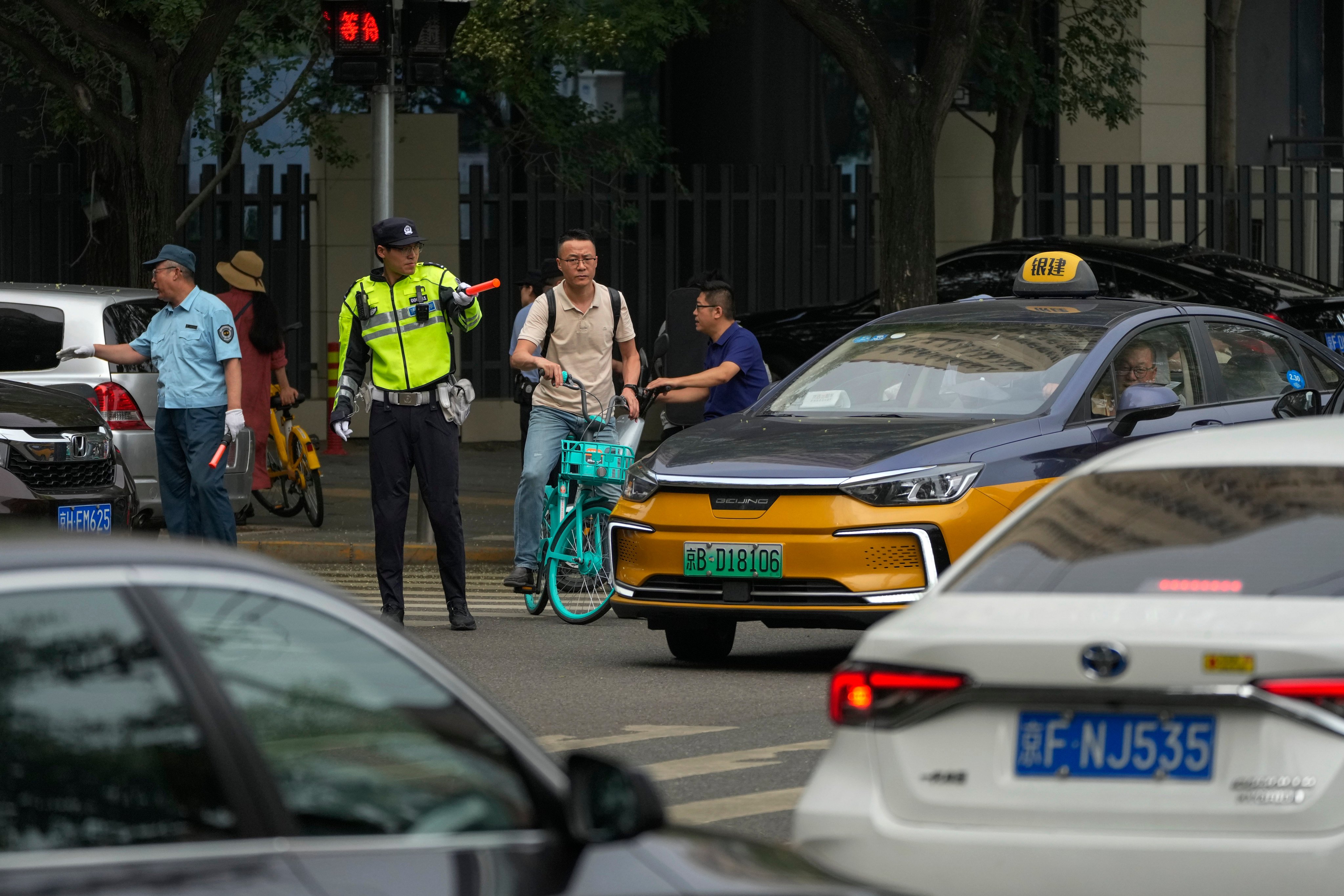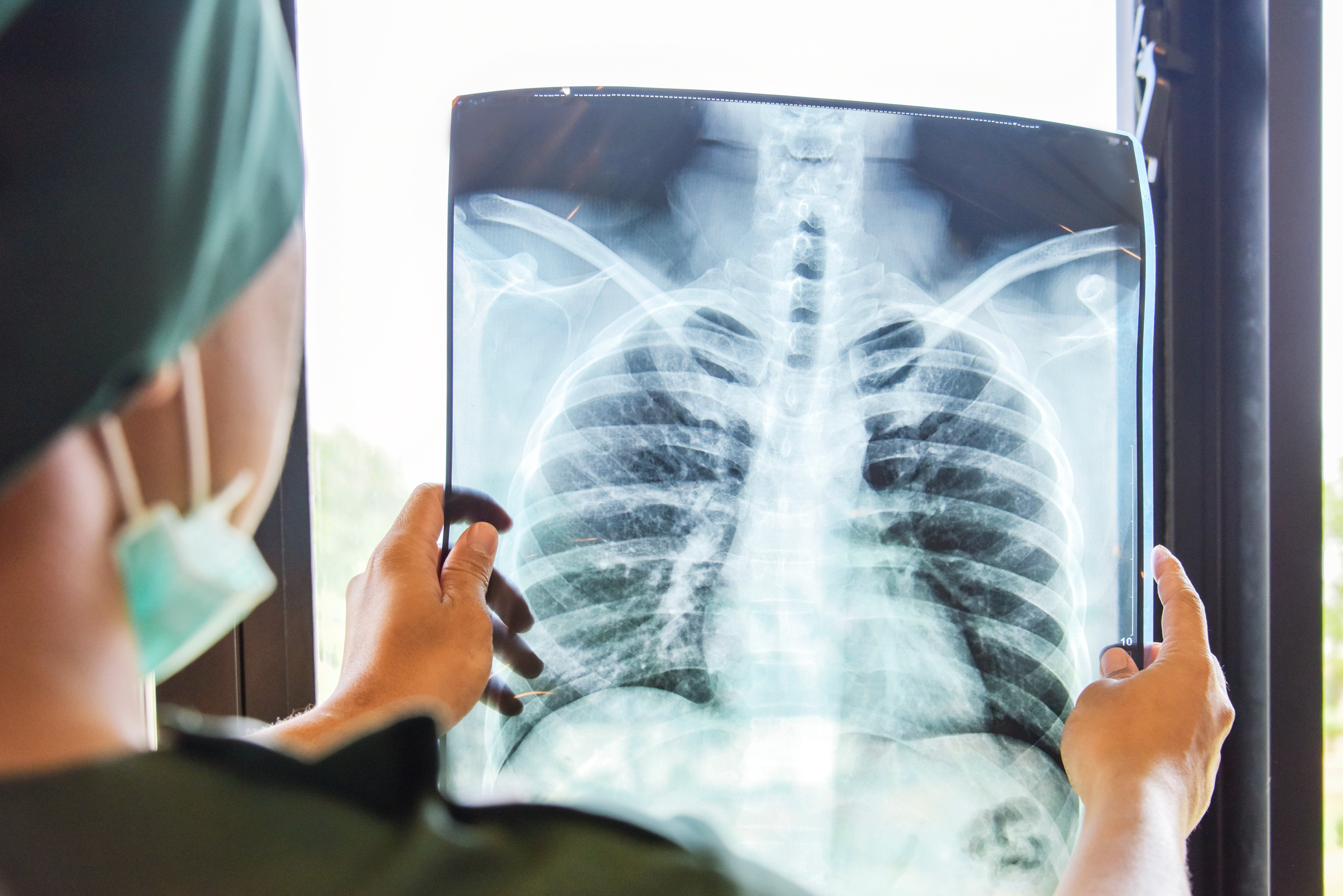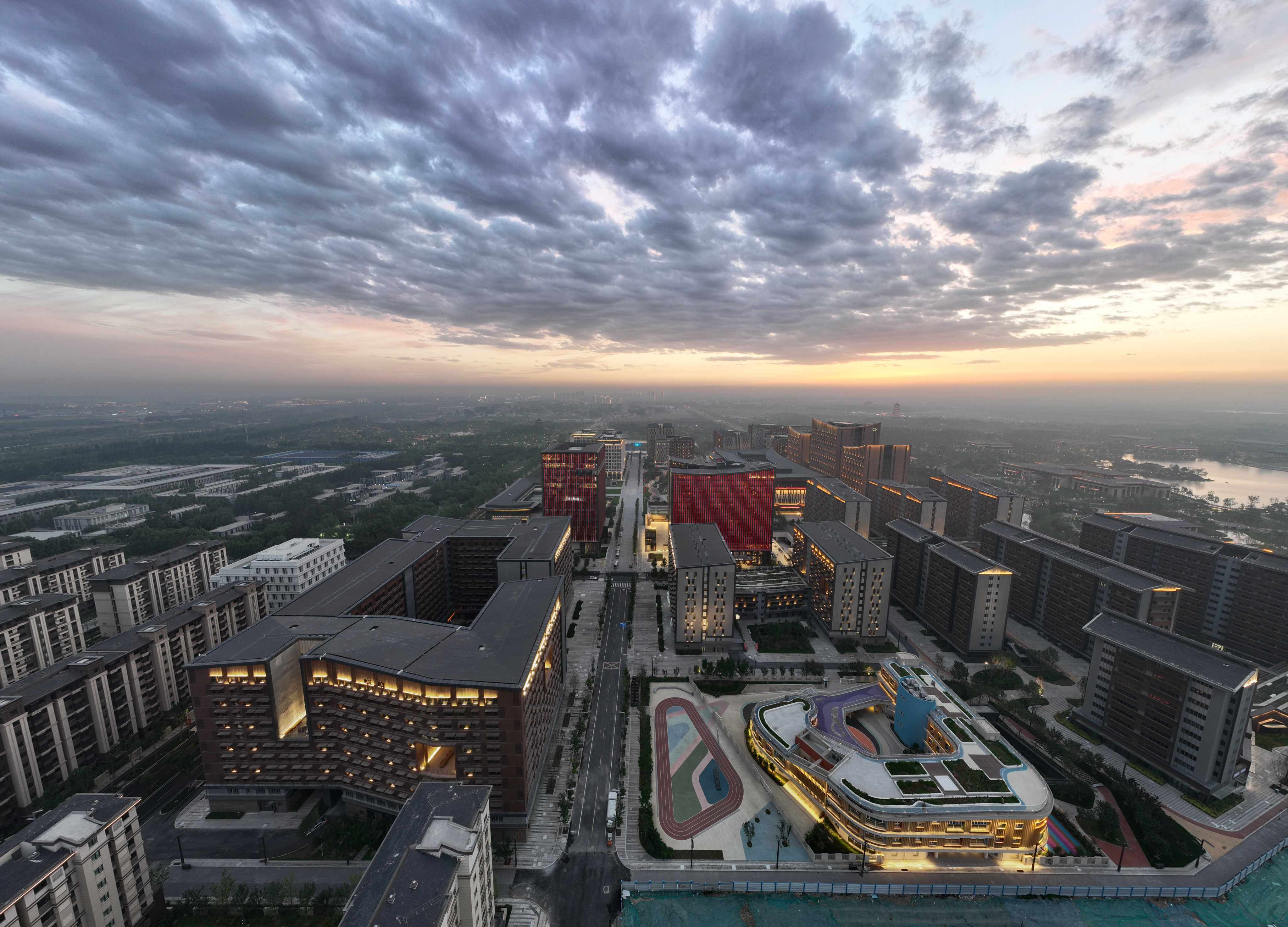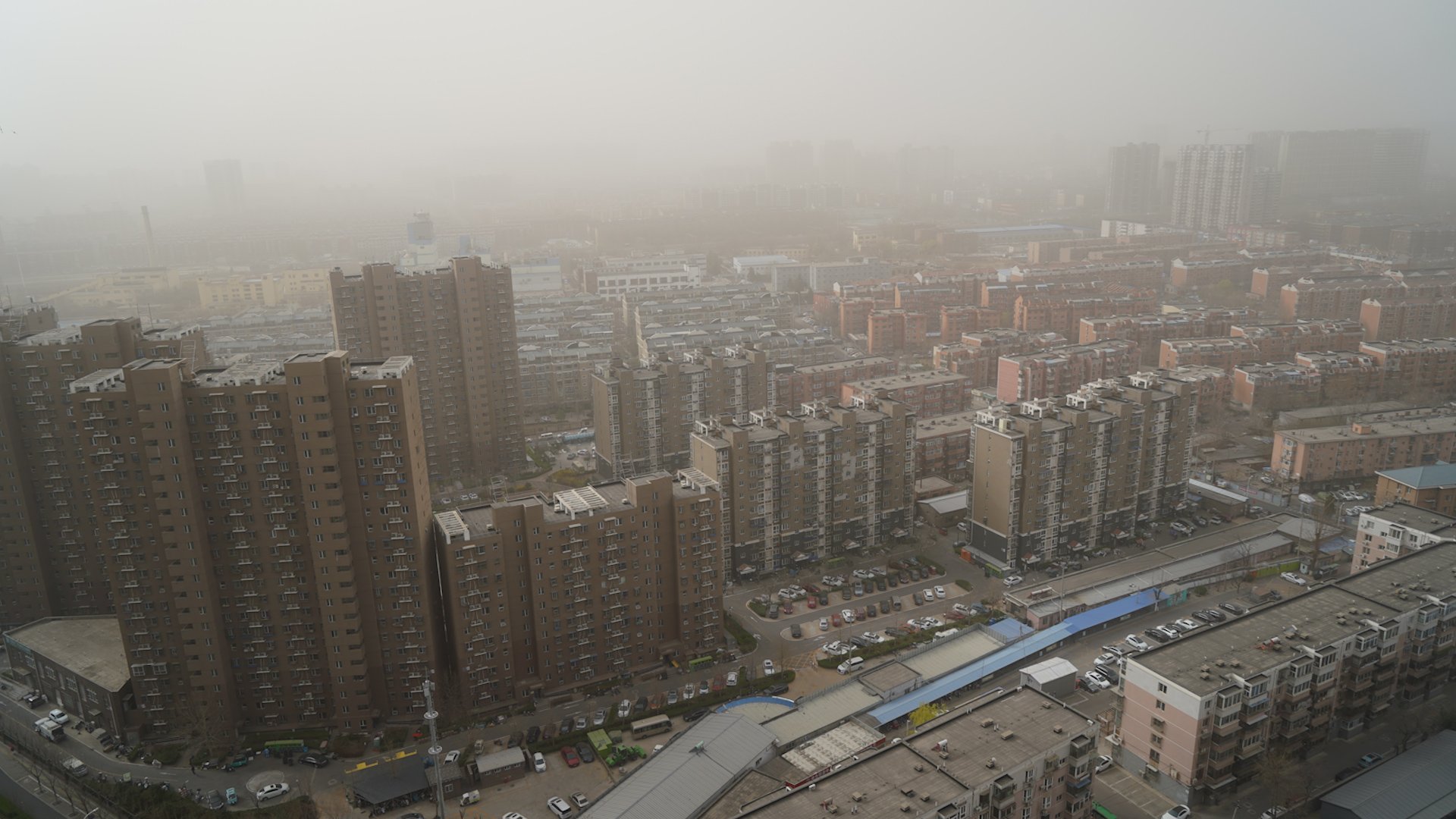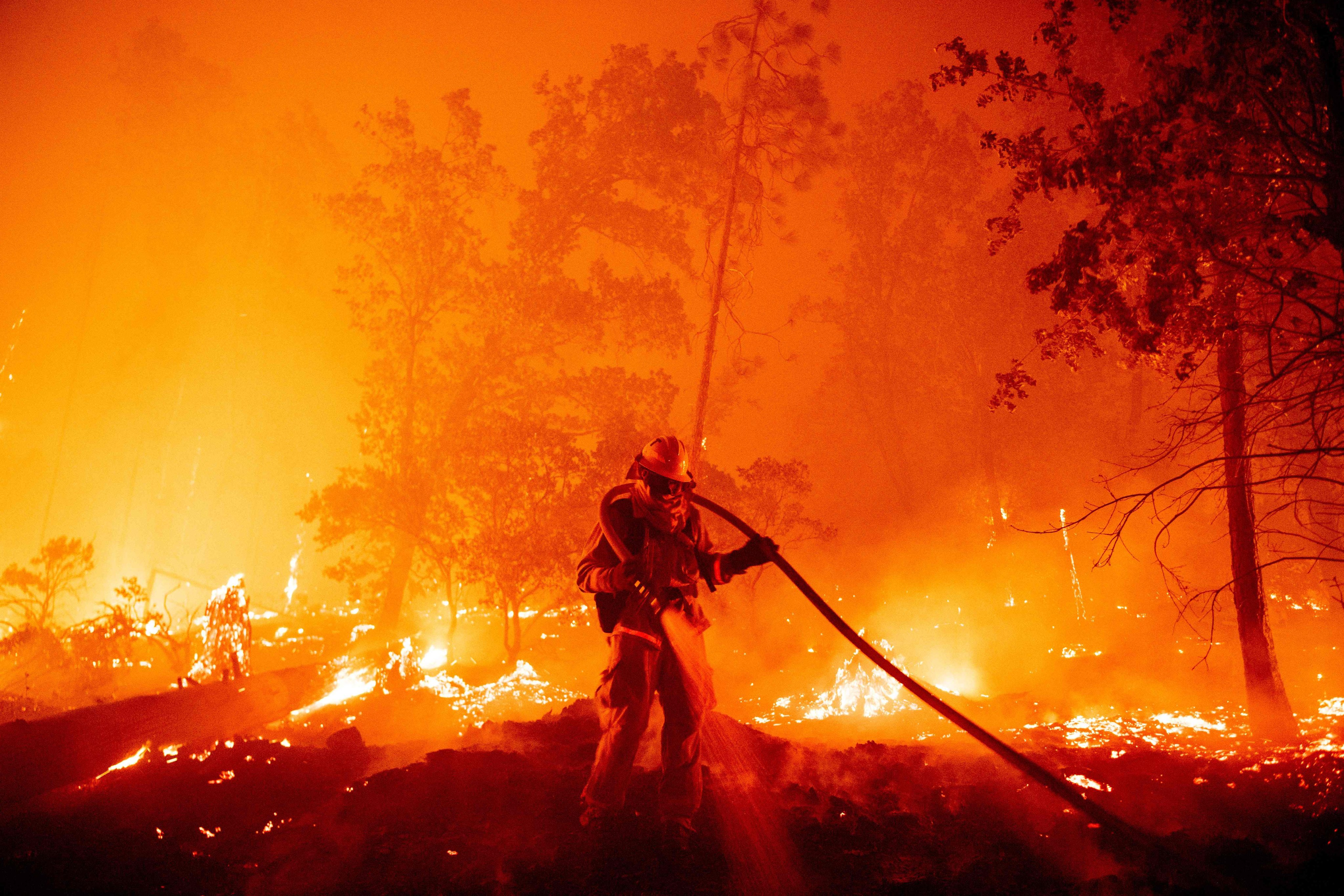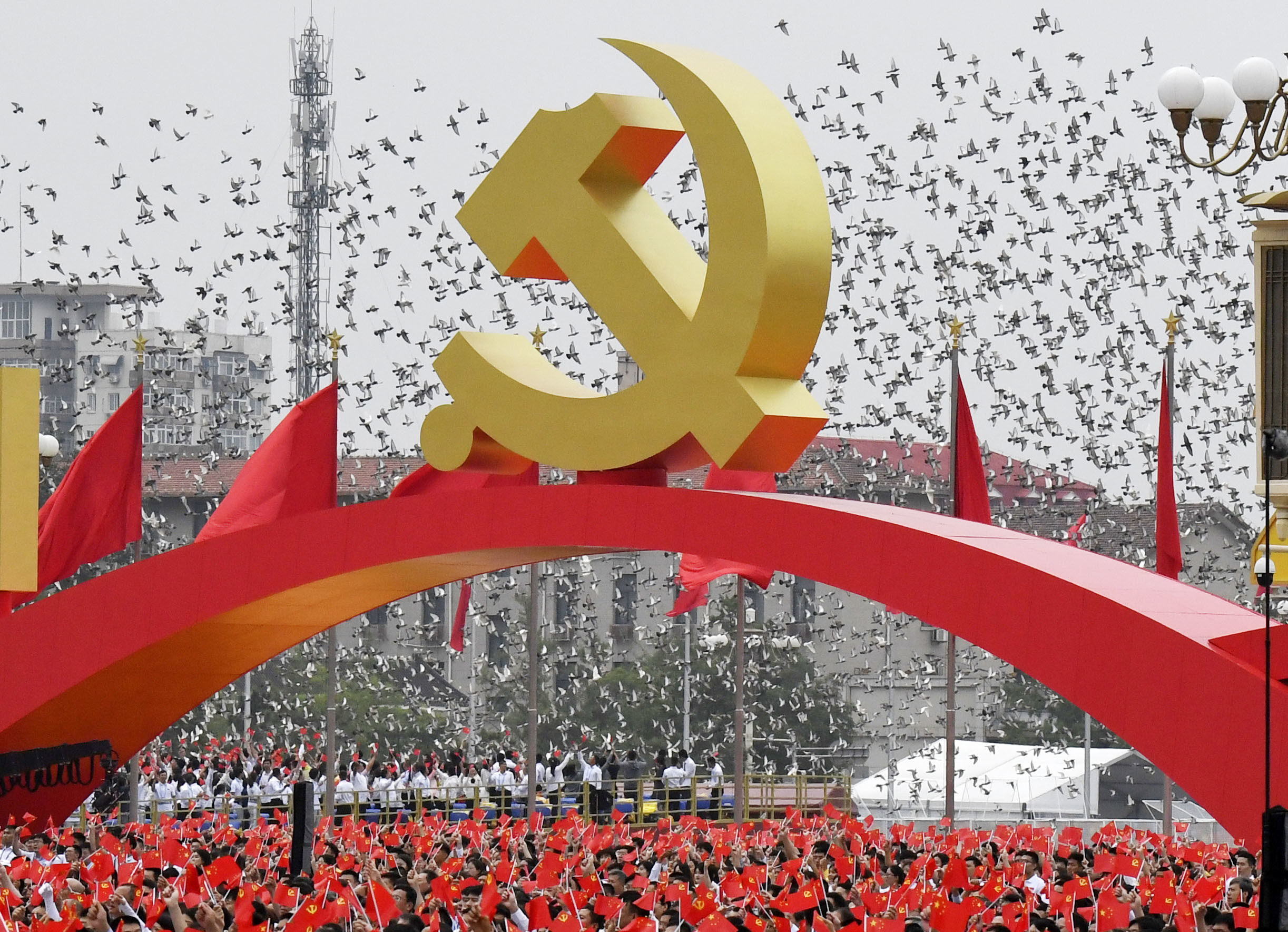TOPIC
Beijing air pollution
Beijing air pollution
The Chinese capital has for many years suffered from serious air pollution. Primary sources of pollutants include exhaust emission from Beijing's more than five million motor vehicles, coal burning in neighbouring regions, dust storms from the north and local construction dust. A particularly severe smog engulfed the city for weeks in early 2013, elevating public awareness to unprecedented levels and prompting the government to roll out emergency measures.
Advertisement
Advertisement
Advertisement
Exclusive | China, Mongolia to fight sandstorms amid calls to curb economic, ecological harm
President Xi Jinping demanded urgent action last week after sandstorms cloaked China’s northern regions in March and April, with a Chinese delegation set to visit Mongolia from later this month to jointly work on solutions.

Advertisement
Advertisement
Advertisement
Help preserve 120 years of quality journalism.
SUPPORT NOWAdvertisement
Advertisement
Advertisement
Advertisement
Advertisement
Advertisement
Advertisement
Advertisement
Advertisement
Advertisement
Advertisement
Advertisement
